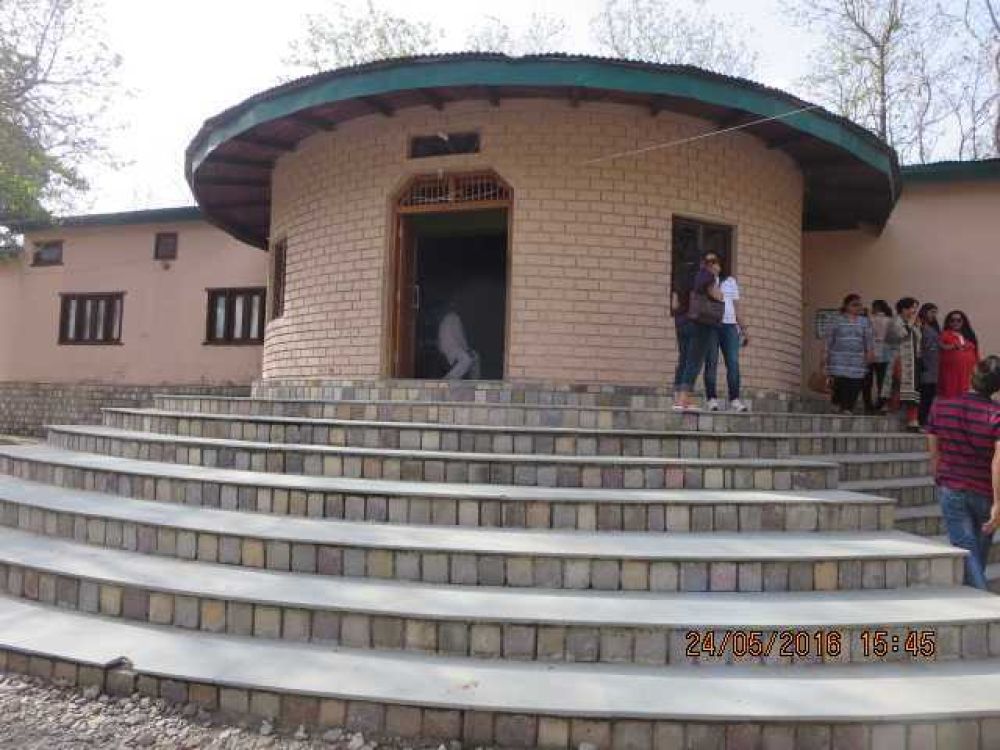

The Corbett Wildlife Museum, located at the famous Jim Corbett National Park in Uttarakhand, India, is a significant testament to the region's rich history in wildlife conservation and tourism. The area's history with tourism began in earnest in 1936 when the location was established as Hailey National Park, one of India's first national parks aimed at protecting the endangered Bengal tiger. Over the years, the park was renamed in honor of the legendary British hunter-turned-conservationist, Jim Corbett, who played a pivotal role in the area's wildlife preservation efforts.
The inception of tourism in Jim Corbett can be traced back to the establishment of the park. With increasing awareness about the wildlife and biodiversity that the park preserved, tourists from across the globe started visiting the region. It wasn't long before Jim Corbett National Park became a flagship destination for tiger watching and wildlife safaris in India. As tourism grew, the park expanded its infrastructure to include more safari routes, accommodations, and activities for visitors.
The Corbett Wildlife Museum stands as a homage to Jim Corbett's life and his contributions to wildlife conservation. Situated in Kaladhungi, the museum was once the winter home of Jim Corbett. It has been carefully preserved and converted into a museum that showcases Corbett’s personal belongings, including his books, letters, photographs, and antiques, providing insight into the life of a man who spent years documenting and protecting the wildlife of Northern India.
In recent times, the latest tourism trends in Jim Corbett point towards eco-tourism and sustainable travel practices. Visitors are becoming increasingly conscious of their environmental footprint and are seeking experiences that are both, enriching and responsible. Jim Corbett National Park and the Corbett Wildlife Museum emphasize conservation education, promoting wildlife protection, and supporting local communities.
Experiential tourism is also on the rise, with tourists looking to immerse themselves in local culture, cuisine, and traditions. The park management has responded to this by offering village tours, cultural performances, and opportunities to engage with the local Kumaoni lifestyle.
Adventure tourism is another growing trend, with many tourists combining their wildlife safaris with adventure sports like river rafting on the Kosi River, trekking, and mountain biking.
When visiting the Corbett Wildlife Museum, tourists are encouraged to explore the rich heritage and legacy of Jim Corbett, the man who inspired the project to protect the precious wildlife of India. The museum is not just a place to revisit history; it's an educational journey highlighting the crucial importance of wildlife conservation.
The Corbett Wildlife Museum receives visitors year-round and remains a significant part of the overarching narrative of Jim Corbett National Park, serving both as a tribute to the past and a beacon, calling for continued efforts in wildlife preservation.
Looking towards the future, tourism in Jim Corbett is set to evolve with a greater emphasis on sustainability. There is a concerted effort to minimize human impact on the natural environment while providing enriching experiences to visitors. The legacy of the Corbett Wildlife Museum and the wider national park is likely to endure as a prime example of how tourism can work hand in hand with conservation.
As the world of travel changes, the Corbett Wildlife Museum and Jim Corbett National Park continue to adapt, ensuring that they remain at the forefront of wildlife tourism and conservation efforts in India and across the world.